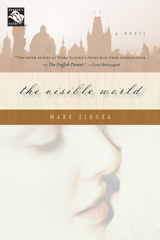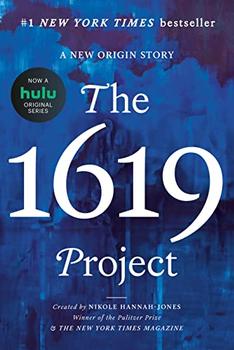Summary | Excerpt | Reading Guide | Reviews | Beyond the Book | Read-Alikes | Genres & Themes | Author Bio

This article relates to The Visible World
The lands now known as The Czech Republic and Slovakia were ruled by the Austrian-Hungarian Empire for about 300 years until the end of World War I and the collapse of the empire. In 1918, a union was proclaimed between the Czech lands and Slovakia to form the Czechoslovakian state, an idea that had been advocated by Czech and Slovak political leaders and intellectuals for sometime. However, although the majority of Czechs and Slovaks shared a similar language they held greatly differing religious, cultural and social traditions. In addition, the Czech lands were far more industrialized than Slovakia, particularly in the ethnically German area of the Bohemian and Moravian border regions (called the Sudetenland in German) that represented 22% of the population, and had been forcibly occupied by the Czechs at the end of 1918 over the protests of the Sudeten Germans who wanted self-determination within the Austrian State.
In 1938, having annexed Austria, Hitler set his sights on the ethnically German portions of Czechoslovakia. Germany, Italy, France and Britain signed the Munich Agreement (to which the Czechs were neither invited nor consulted) stipulating that Czechoslovakia must cede the Sudetenland to Germany, which the Czechoslovakian government agreed to abide by. A further agreement in 1938 forced the ceding of about one-third of Slovakia to Hungary, and Poland grabbed a chunk of disputed land on the Czechoslovakian border.
Collapsing from within, lacking its natural frontier and having lost its border fortifications, the remaining Czech-Slovak lands were indefensible. In January 1939 negotiations between Poland and Germany broke down and, in March, Hitler invaded Czechoslovakia on his way to Poland. He met with no resistance having negotiated an agreement with the Slovak government.
Following the outbreak of WWII, President Edvard Benes formed a Czechoslovak government in exile in London and negotiated an official renunciation of the Munich Agreement and its consequences; he also gained the cooperation of Czechoslovak communist exiles by promising them concessions after the war. In 1942, a group of Czech and Slovak partisans assassinatedReinhard Heydrich, chief of Reich Security and considered Hitler's successor. Massive reprisals followed including the infamous annihilation of the village ofLidice*
In 1944, Czechoslovakia was liberated by Soviet troops supported by resistance fighters, and shortly after, almost 3 million ethnic Germans were expelled from Czechoslovakia with Allied approval. By 1948 the Communists had taken power of the government and declared Czechoslovakia a "people's republic", which it remained until 1989 and the anti-Communist revolution led by dissident playwright Václav Havel. Havel was elected President of Czechoslovakia in December 1989. However, tensions between the Czechs and Slovaks made it difficult to govern and separation talks began. In 1993 the Czech Republic and Republic of Slovakia were peacefully founded.Map of Europe, 2000.
Filed under Places, Cultures & Identities
![]() This "beyond the book article" relates to The Visible World. It originally ran in June 2007 and has been updated for the
March 2008 paperback edition.
Go to magazine.
This "beyond the book article" relates to The Visible World. It originally ran in June 2007 and has been updated for the
March 2008 paperback edition.
Go to magazine.






Your guide toexceptional books
BookBrowse seeks out and recommends the best in contemporary fiction and nonfiction—books that not only engage and entertain but also deepen our understanding of ourselves and the world around us.